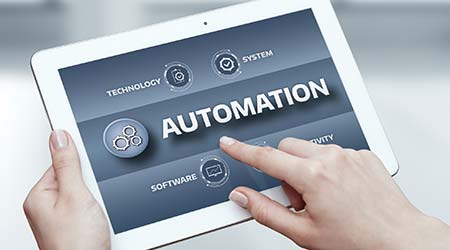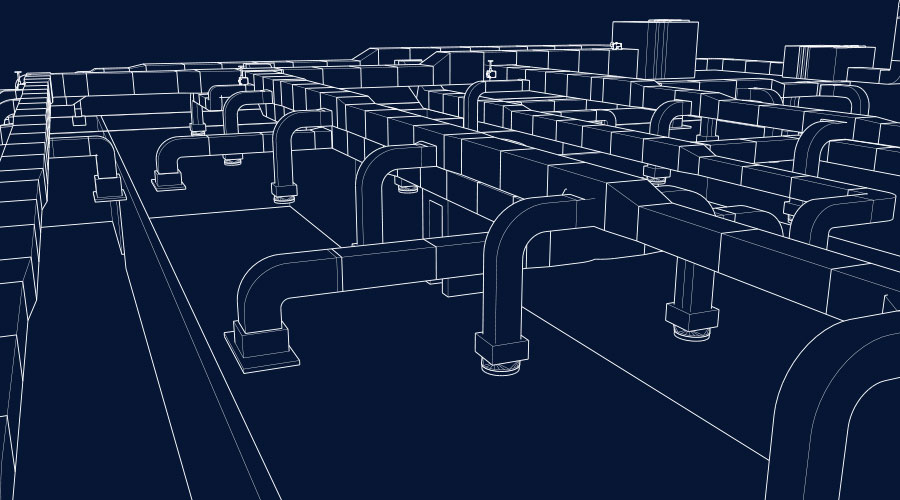 New CMMS Technology is putting more informatin in the hands of front-line technicians. The evolution of software is changing the ways managers specify systems throughout facilities.
New CMMS Technology is putting more informatin in the hands of front-line technicians. The evolution of software is changing the ways managers specify systems throughout facilities.CMMS Specification: Determing Department Software Needs
Managers can specify the proper CMMS software by understanding their department needs.
Determining department software needs
Managers are more likely to make a savvy choice when specifying a CMMS if they understand the needs of their department related to information flow. The first step in determining these needs is to assign subject matter experts to analyze the flow of emergency and routine work and to assess productivity. This process ensures new features and functions focus the CMMS on the prime objective, which is achieving more productive maintenance.
A work-flow analysis highlights the steps a department uses to control work assignments. The process starts with receiving the request for maintenance service, and it ends with closing the work order and filing it in the equipment or asset history.
Managers also can perform a productivity assessment that reviews eight key functions of the maintenance program:
• organization — functions that exist versus functions needed for effective control
• personnel — available job descriptions and existing ratios between supervision and trades
• training — the training program’s scope of the training program, as well as current training versus needed training
• cost controls — controls on labor, material, and overhead
• planning — the way jobs are planned before being assigned, steps followed from work request to work order, and an equipment history
• materials — item masters and reports to control inventory
• engineering — preventive and predictive maintenance process and engineered standards for job control
• facilities — material safety data sheets and security procedures.
In performing the assessment, managers need to ask key questions that help them compare what is with what should be. For example, does the department use finite capacity planning? Does approval automatically queue work orders by planner so there is always a backlog ready to plan? Does planned work automatically go to scheduling to keep a daily queue for each technician ready to work? Does closing a work order automatically move it to equipment history by asset?
In each of the eight functions, managers should prepare a list of improvements based on the differences between what is and what should be. This list becomes the priority list for upgrading the workflow and, more importantly, the shopping list for added features and functions for the software upgrade.
Even if management is satisfied with the existing CMMS, simply automating current activities might not pay for the upgrade cost. Or it might leave the most necessary benefits unrealized. Managers can avoid these negative results by doing both the work-flow analysis and maintenance productivity assessment. The objective is to document current practices, compare them to what could be done better, and prepare a plan for CMMS development, training, and installation. The plan should include a savings/cost analysis to sell the CMMS upgrade to top management.
Related Topics:
















